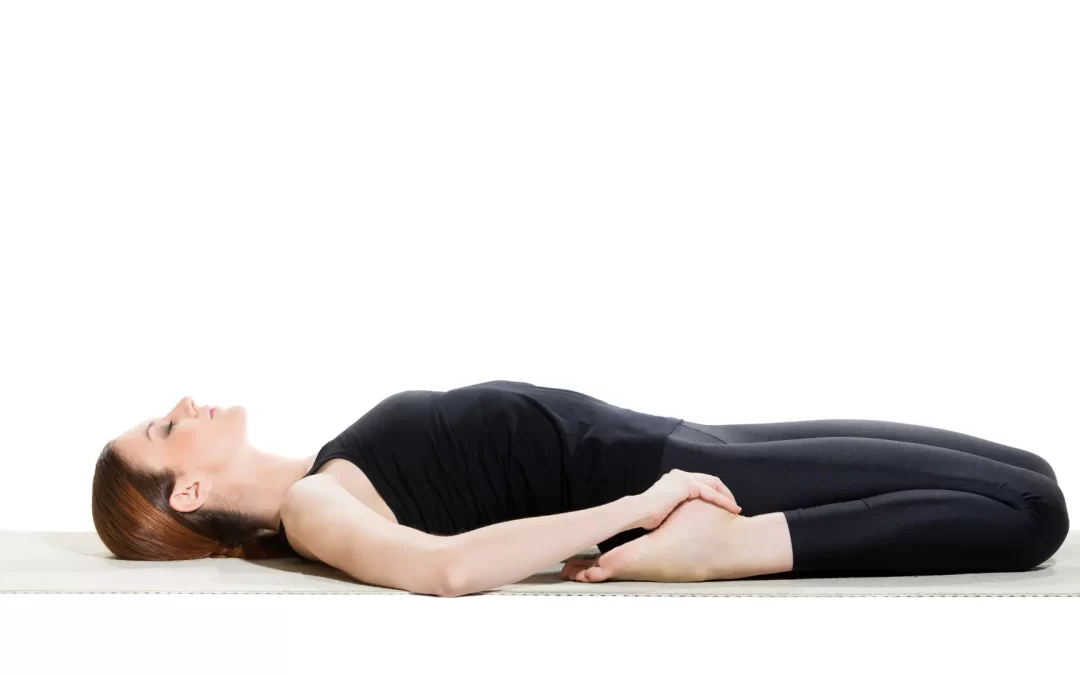Yoga for Back Pain: Effective Poses and Stretches
Back pain is a widespread issue affecting millions globally. Around 619 million people worldwide suffer from back pain.Whether it’s a persistent dull ache or sharp, debilitating pain, finding relief is crucial for improving quality of life. Yoga, with its focus on stretching, strengthening, and aligning the body, offers a holistic approach to managing back pain. This guide explores effective yoga poses and stretches that can help alleviate back pain and enhance overall spinal health.
Understanding Back Pain
Back pain can originate from various sources, including muscle strain, poor posture, herniated discs, or even stress. While yoga isn’t a cure-all, it can address many underlying causes of back pain by improving flexibility, strength, and posture. Practicing yoga can help in the following ways:
- Increasing Flexibility: Many back pain issues arise from stiff muscles and joints. Yoga helps stretch and lengthen these areas.
- Strengthening Muscles: Weak muscles, especially in the core and lower back, can lead to pain. Yoga strengthens these muscles, providing better support for the spine.
- Improving Posture: Poor posture can strain the back. Yoga promotes proper alignment and encourages awareness of posture throughout daily activities. Explore our blog “How Does Yoga Improve Posture?” to know more about the postures.
- Reducing Stress: Stress can contribute to muscle tension and back pain. Yoga’s relaxation techniques help reduce stress and tension.
Key Principles of Yoga for Back Pain
- Gentleness: Yoga should be practiced gently to avoid aggravating the pain. Move slowly and listen to your body’s signals.
- Breath Awareness: Deep, mindful breathing supports your movements and helps to reduce tension.
- Alignment: Proper alignment is essential to prevent injury and maximize the benefits of each pose.
Effective Yoga Poses for Back Pain
1. Cat-Cow Pose (Marjaryasana-Bitilasana)
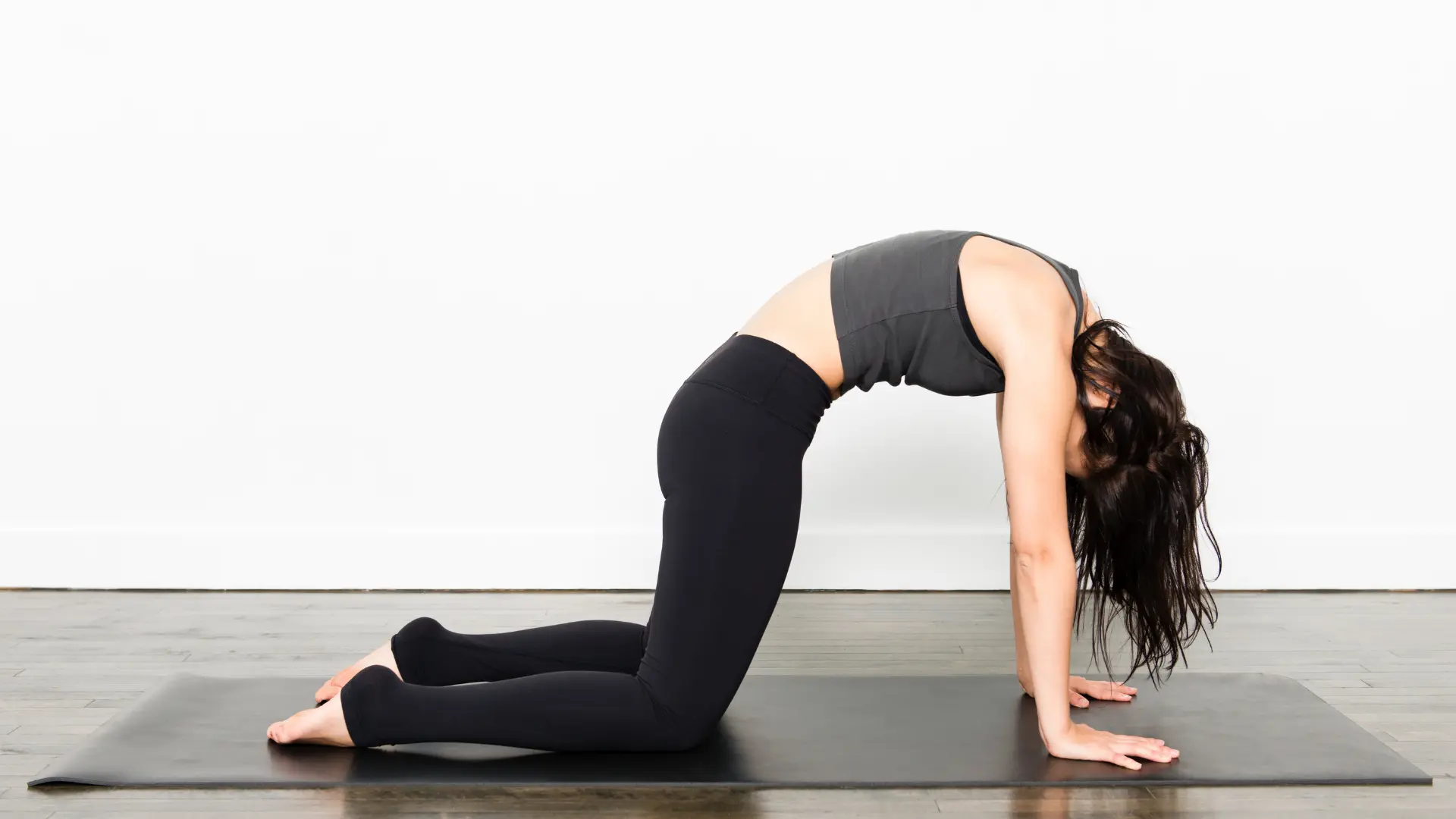
How to Do It:
- Start on your hands and knees with wrists directly under your shoulders and knees under your hips.
- Inhale and arch your back, lifting your head and tailbone towards the ceiling (Cow Pose).
- Exhale and round your back, tucking your chin to your chest (Cat Pose).
- Continue flowing between these positions for 10-15 breaths.
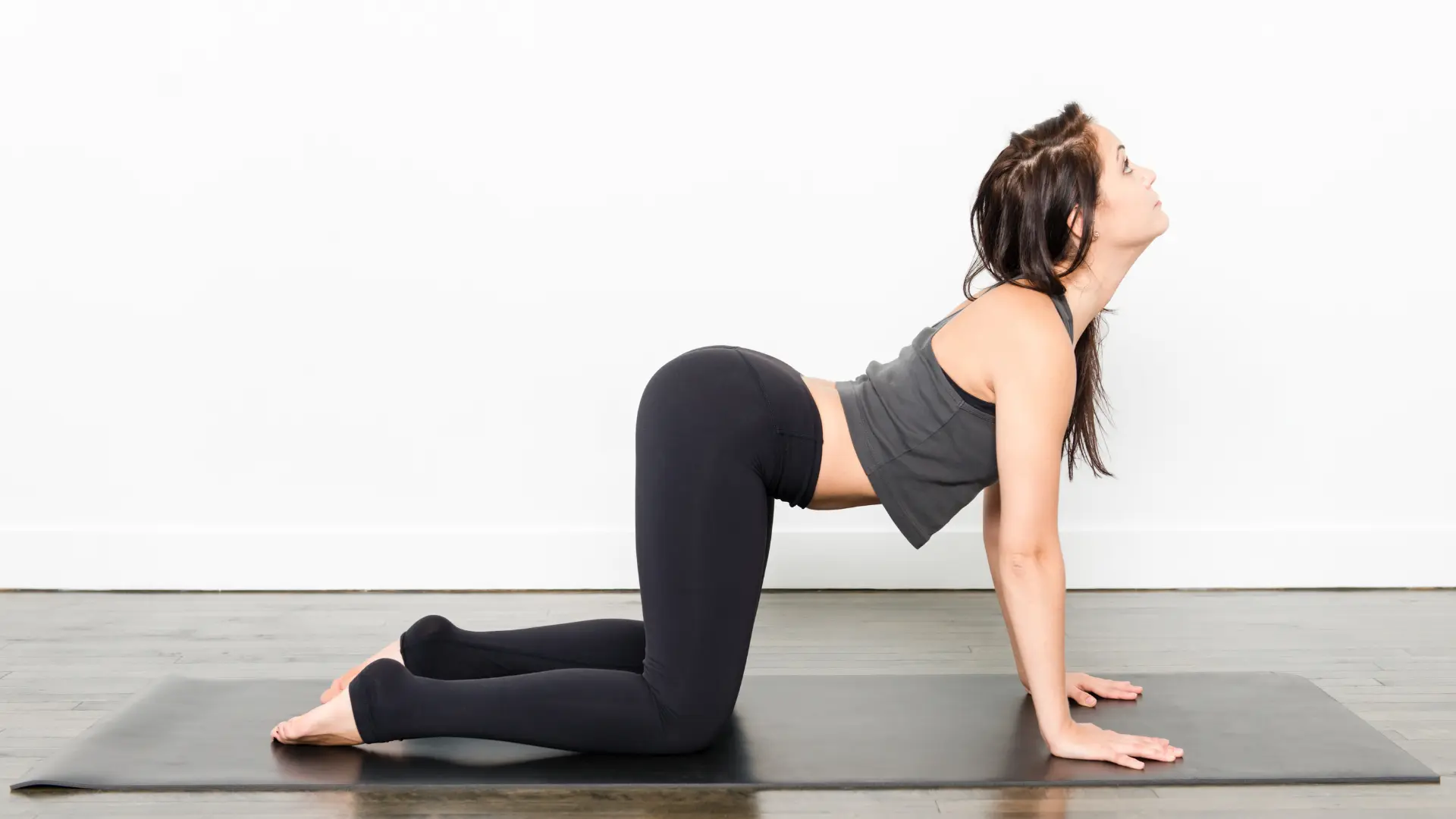
Benefits:
- Increases spine flexibility.
- Releases tension in the back.
- Stretches the abdominal muscles and relieves lower back stiffness.
2. Child’s Pose (Balasana)
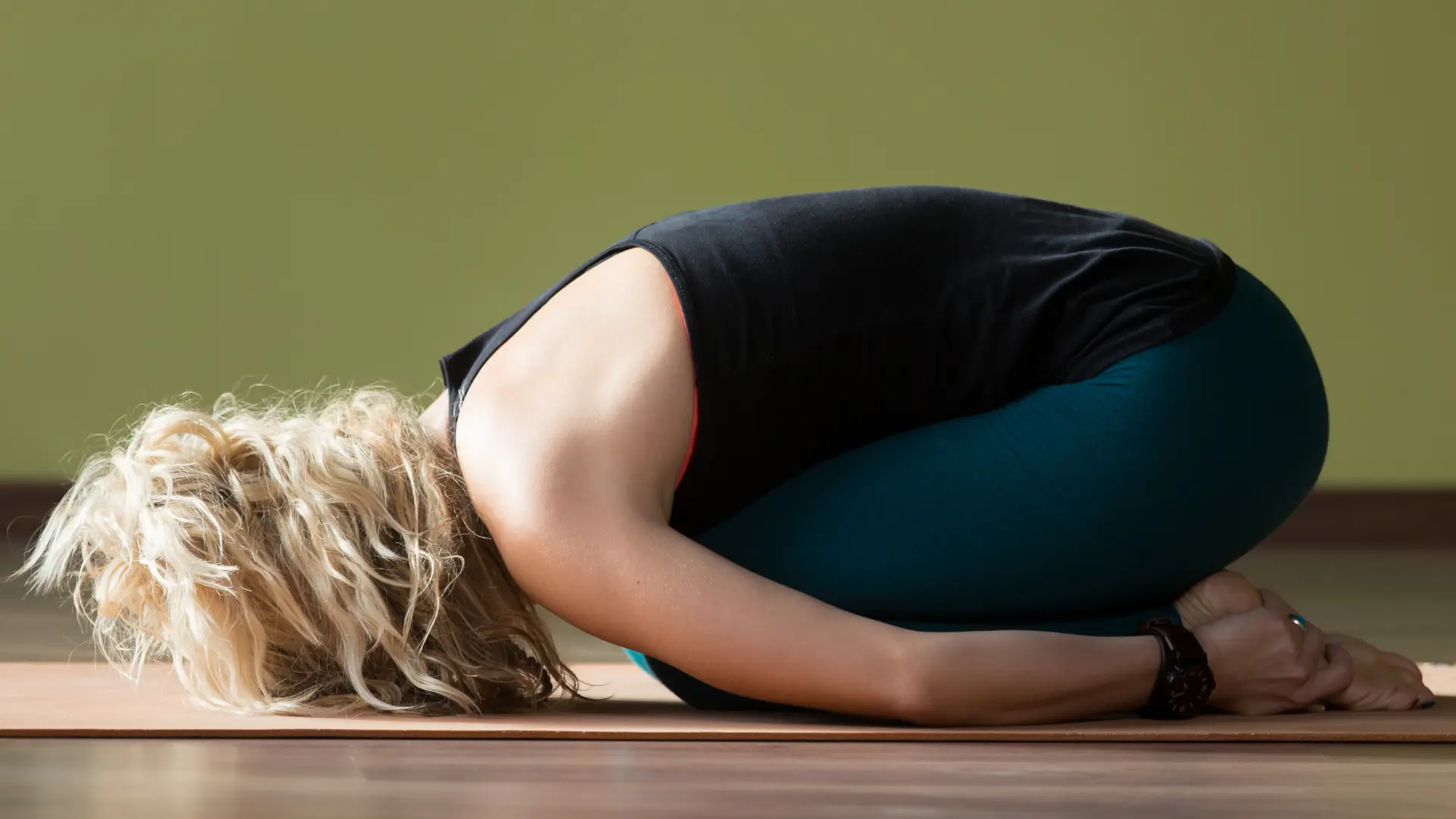
How to Do It:
- Begin by kneeling on the floor with big toes touching and knees spread apart.
- Sit back on your heels, fold forward, extending your arms in front, and rest your forehead on the mat.
- Hold the pose for 30 seconds to a minute, breathing deeply.
Benefits:
- Gently stretches the lower back.
- Promotes relaxation and reduces stress.
- Relieves tension in the spine and hips.
3. Downward-Facing Dog (Adho Mukha Svanasana)

How to Do It:
- Start on your hands and knees, wrists under shoulders and knees under hips.
- Lift your hips up and back, straightening your legs as much as possible, forming an inverted V shape.
- Press your heels towards the floor and hold for 30 seconds to 1 minute.
Benefits:
- Stretches the hamstrings, calves, and spine.
- Strengthens the shoulders and back.
- Improves overall posture.
4. Forward Fold (Uttanasana)
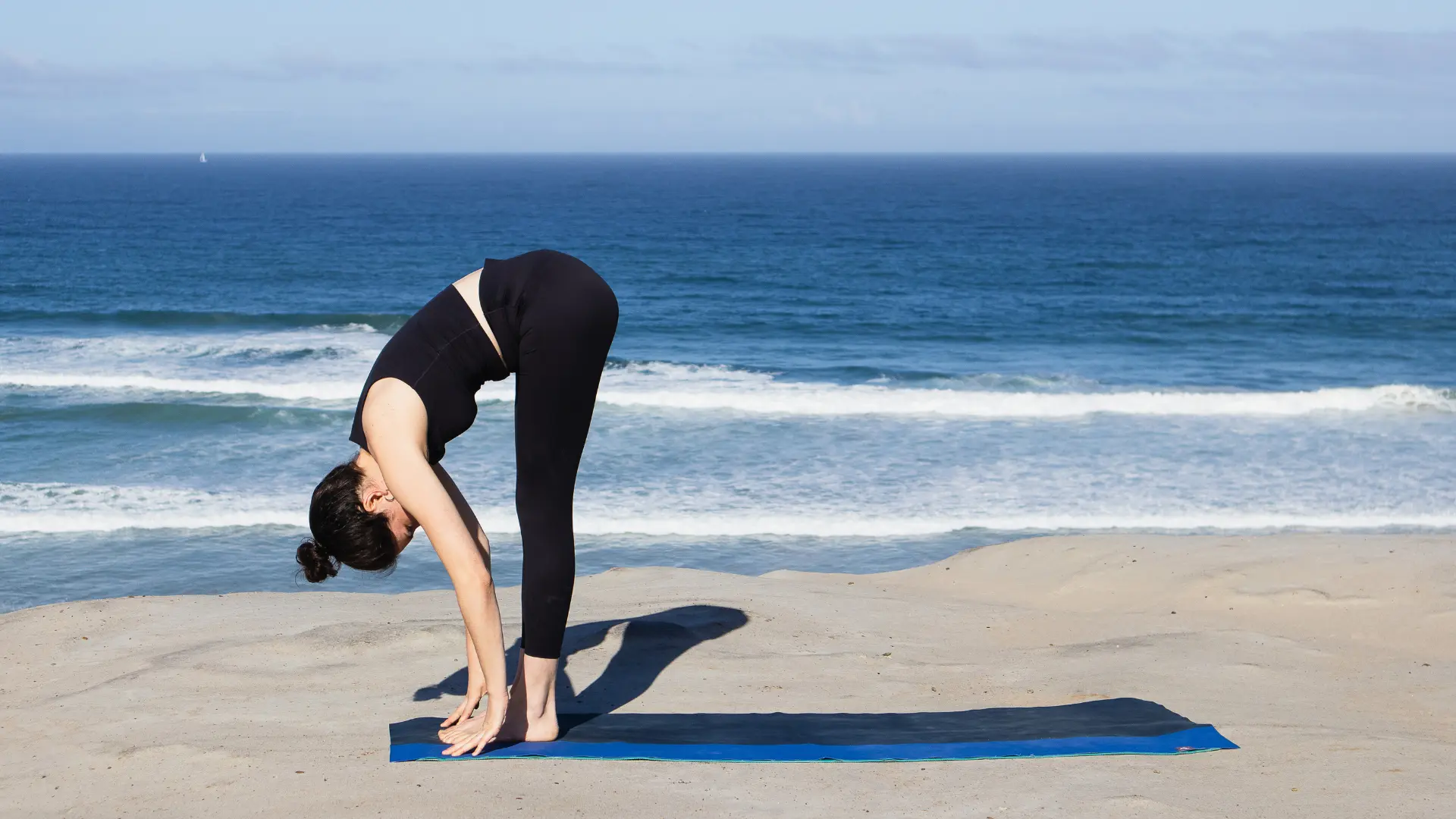
How to Do It:
- Stand with feet hip-width apart and arms at your sides.
- Bend forward from the hips, allowing your head and arms to hang towards the floor.
- Keep knees slightly bent if needed and hold for 30 seconds to 1 minute.
Benefits:
- Stretches hamstrings and lower back.
- Releases tension in the spine.
- Calms the mind and reduces stress.
5. Bridge Pose (Setu Bandhasana)
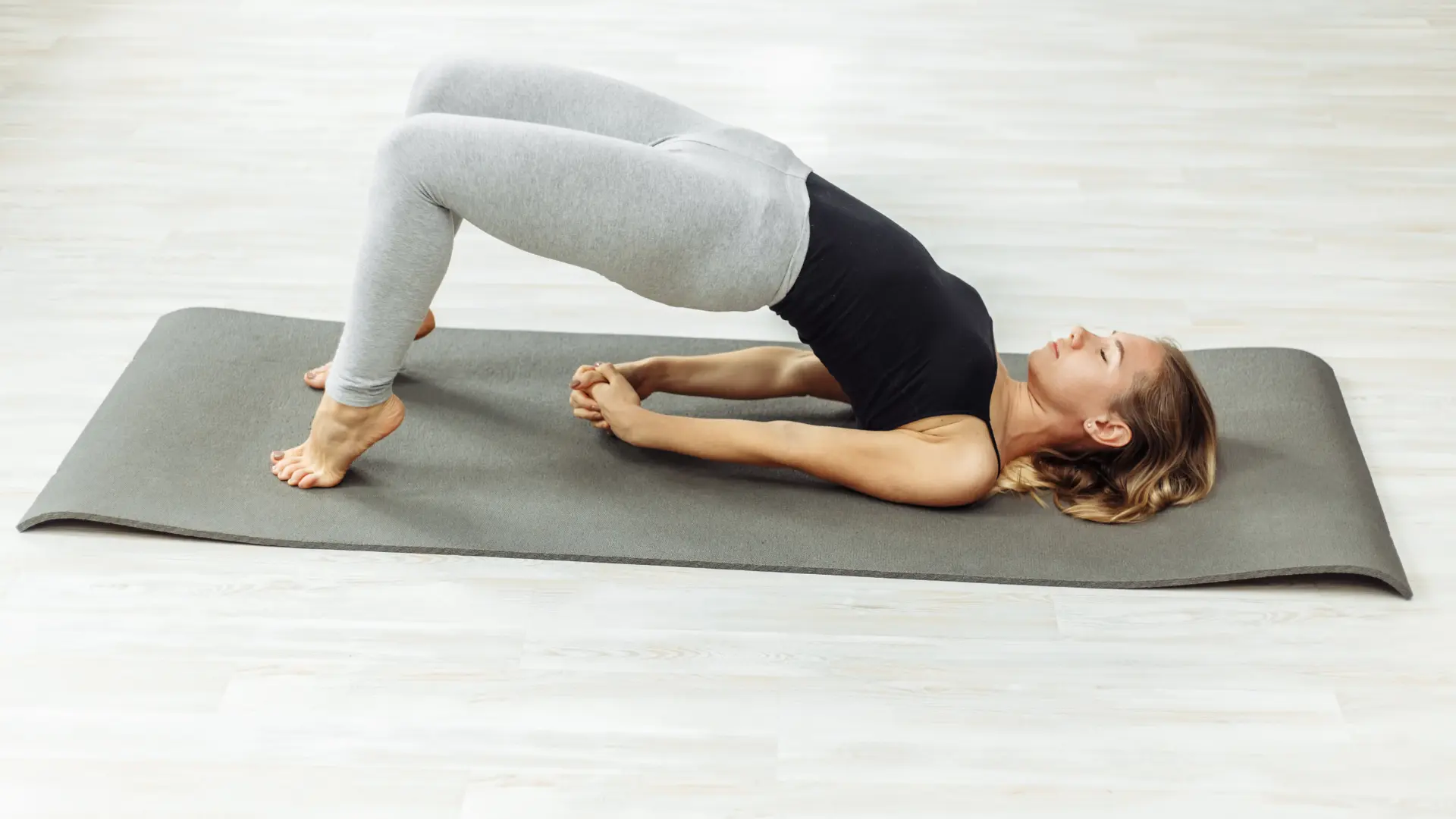
How to Do It:
- Lie on your back with knees bent and feet flat on the floor, hip-width apart.
- Press your feet into the floor as you lift your hips towards the ceiling.
- Clasp your hands under your back and hold for 30 seconds to 1 minute.
Benefits:
- Strengthens the lower back and glutes.
- Opens the chest and relieves tension.
- Stimulates the thyroid and improves circulation.
6. Supine Spinal Twist (Supta Matsyendrasana)
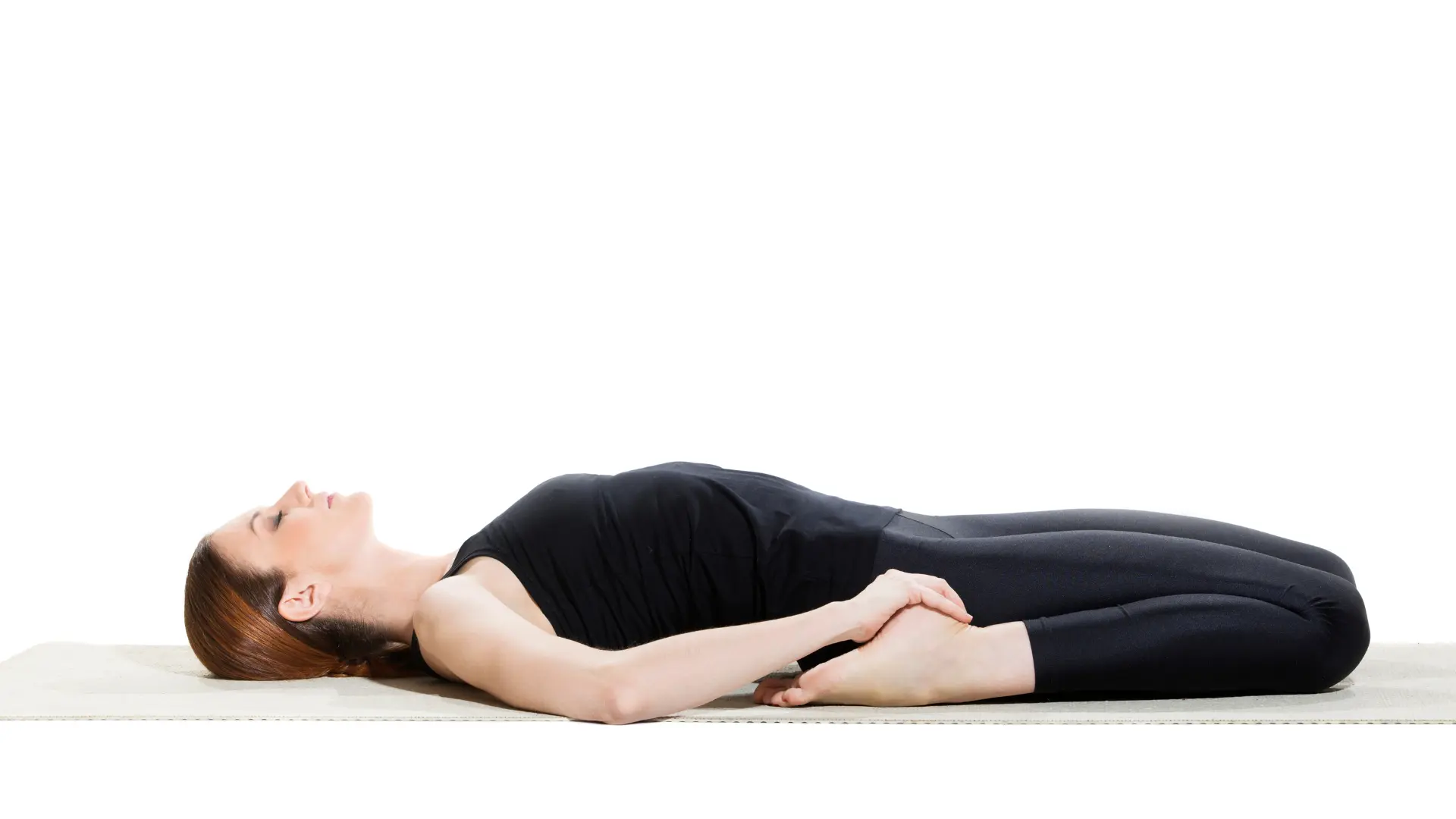
How to Do It:
- Lie on your back with arms extended to the sides.
- Bring your knees towards your chest and let them fall to one side, turning your head in the opposite direction.
- Hold for 30 seconds to 1 minute, then switch sides.
Benefits:
- Stretches the lower back and hips.
- Relieves tension in the spine.
- Aids in digestion and detoxification.
7. Legs-Up-the-Wall Pose (Viparita Karani)
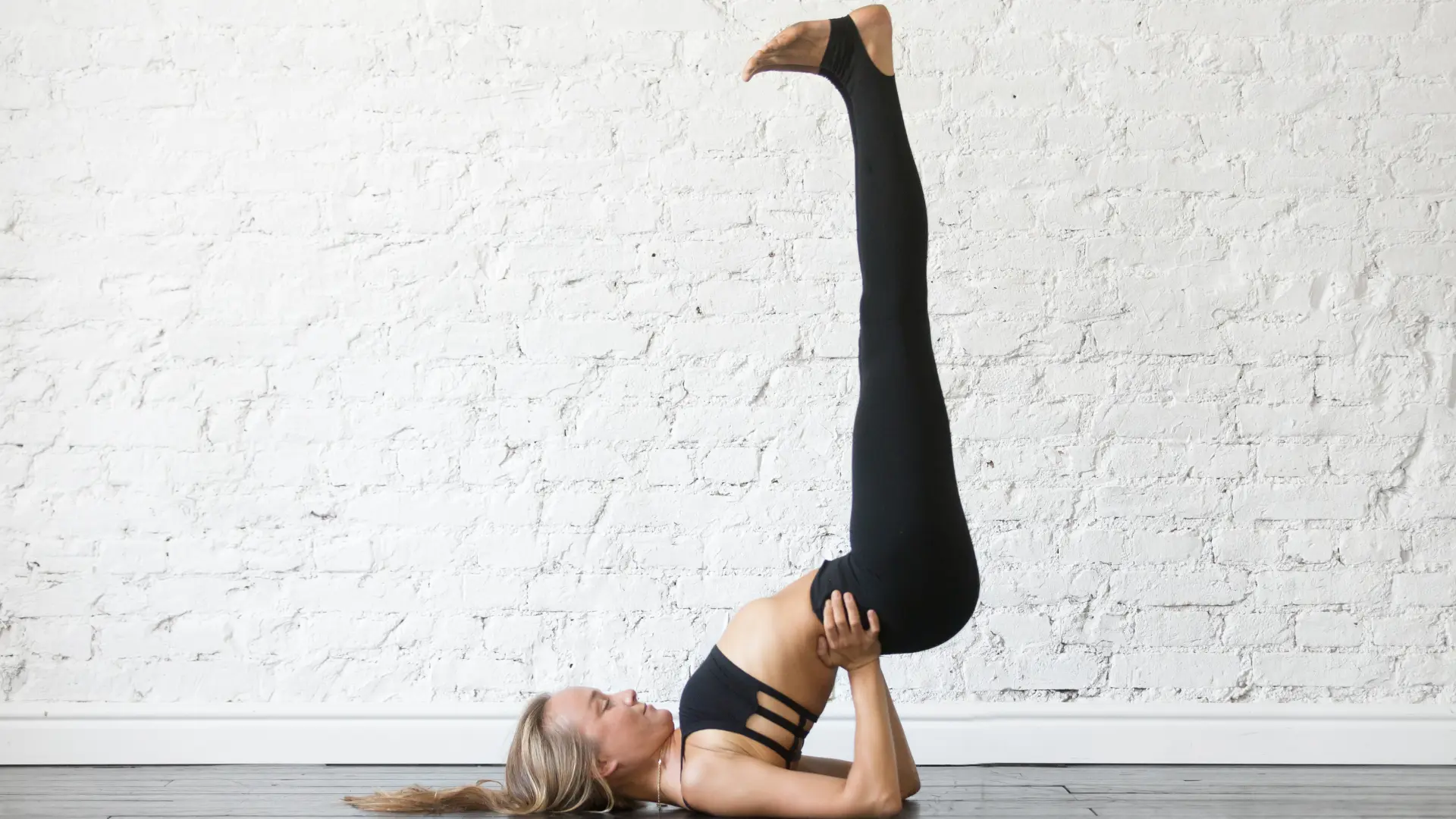
How to Do It:
- Sit next to a wall and lie back, swinging your legs up the wall while moving your buttocks close to the wall.
- Keep your arms relaxed by your sides and hold for 5-15 minutes.
Benefits:
- Relieves lower back tension.
- Improves circulation and reduces swelling in the legs.
- Calms the nervous system and reduces stress.
Tips for Practicing Yoga Safely
- Consult a Healthcare Provider: Before starting a new exercise program, especially with severe back pain or underlying health conditions, consult with a healthcare provider.
- Use Props: Yoga blocks, straps, or cushions can support your body and make poses more accessible.
- Listen to Your Body: If a pose causes pain (beyond mild discomfort), stop and try a gentler variation.
- Warm Up: Begin with gentle stretches to prepare your muscles for more intense poses.
- Focus on Alignment: Proper alignment helps prevent injury and ensures you’re getting the most benefit from each pose.
Combining Yoga with Other Treatments
Online yoga classes for back pain can be a powerful tool for managing back pain, but it’s often most effective when combined with other treatments. Consider integrating the following into your routine:
- Physical Therapy: A physical therapist can provide personalized exercises targeting specific pain areas and strengthening weak muscles.
- Ergonomic Adjustments: Evaluate your workspace and daily habits to improve posture and reduce strain on your back.
- Stress Management: Techniques such as meditation, deep breathing, and relaxation exercises can help manage stress, which can contribute to back pain.
Conclusion
Online yoga classes offer a gentle and effective way to alleviate back pain and enhance overall spinal health. Incorporating poses like Cat-Cow, Child’s Pose, and Downward-Facing Dog into your routine can improve flexibility, strengthen your back, and reduce discomfort. Remember to practice with awareness, listen to your body, and combine yoga with other treatments for optimal results. With patience and consistency, you can find relief from back pain and enjoy a healthier, more balanced life.
Inquiry
If you have any questions, please feel free to reach out. We’ll be glad to help!

